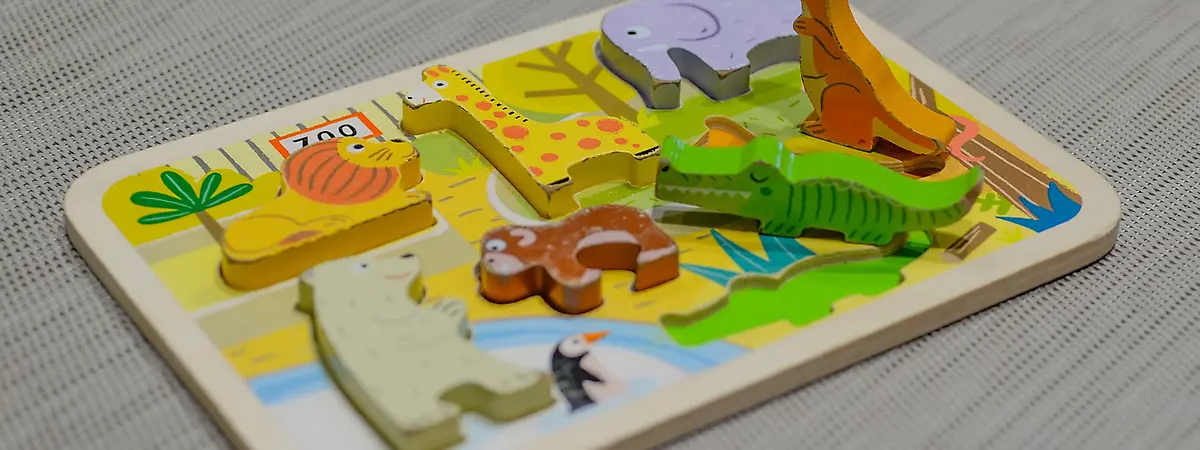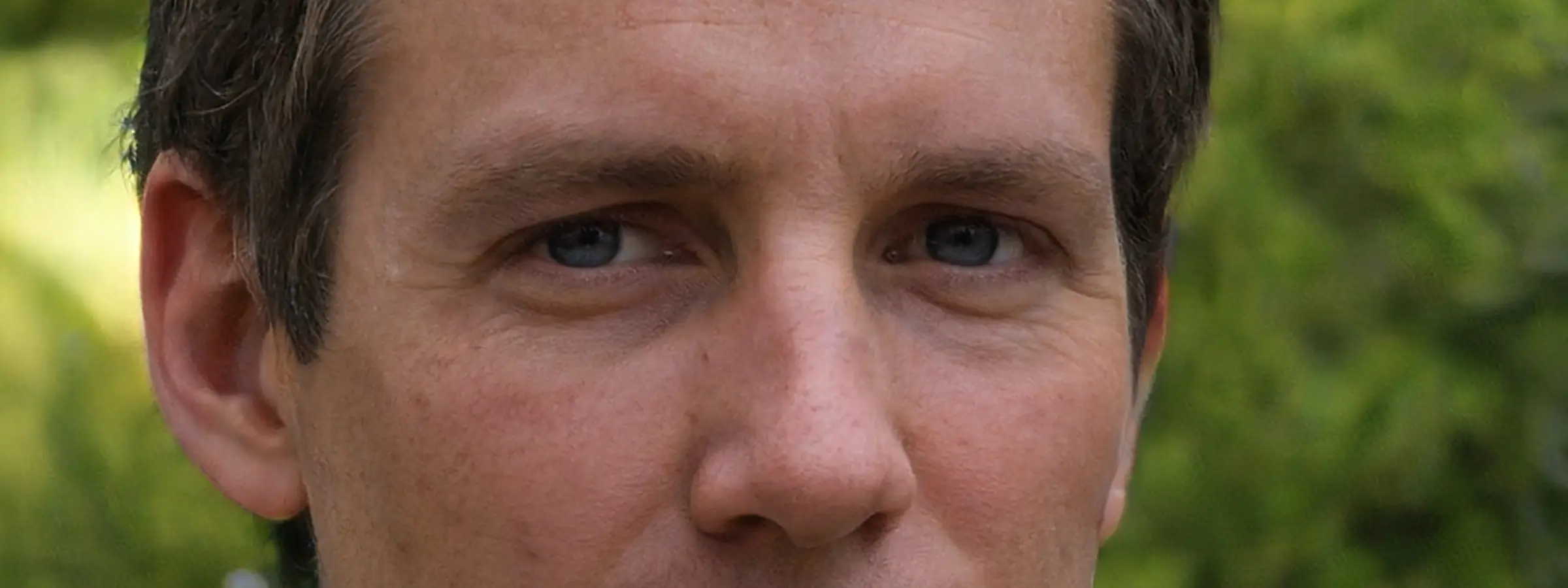In the world of novel writing, there are traditionally two camps: plotters and pantsers.
But the creative process is never as black and white as the paper on which a novel is printed and many writers end up somewhere in-between. The post analyzes how to write a novel, contrasting the types and nuances that make every writer’s style stand apart from the other and how plotters and pantsers combine them in a way that best fits their need.
Plotters: Weavers of the bonny word
Definition of plots: plotters are writers who outline their stories before writing. They carefully plot characters, plot points, and settings, coming up with elaborate roadmaps for their stories. Having a clear set of steps can take away the inherent anxiety of the task at hand, making you less likely to experience writer’s block. J.K. Rowling, for instance, is a plotter, as is John Grisham, and they both write fastidious plots.
This plotting method is particularly helpful for genres that require tight plotting, such as mystery or thriller. But it sometimes results in inflexible storytelling where the organic evolution of character is sacrificed for the sake of plotting.
Word Weaver Pro is one exception; it does this by starting out with chapters and scenes laid out. Simply name each item, perhaps include a brief indication of what you want to achieve with that item. Once this is done, you would open each component, and start writing.
Pantsers: Going with the flow
Pantsers — a term that comes from the phrase “flying by the seat of their pants” — plunge headlong into their writing with little or no plan. They allow plots to develop organically, frequently stumbling upon twisty plot turns and characters as they write. It can yield the most unexpected, and scintillating narrative turns, and make the act of writing itself an exhilarating and quasi-exploratory experience.
Famous pantsers are Stephen King and Margaret Atwood, who are well known for their online chaos and for writing complex narratives that barely appear to follow a set structure. The disadvantage that this approach has is that it can result in inconsistencies and requires multiple levels of editing and restructuring in increment physical drafts.
In Word Weaver Pro, this is accomplished seamlessly because of how the system sees each Chapter and each Scene as its own item. You can write you scenes in any order & assemble them into chapters in order you want.
And there’s the in-betweeners: The middle ground
Most writers, however, are somewhere in the middle of the plotter-pantser spectrum. They might take an outline and treat it as just a first draft of the outline while being open to ideas as they write, or they might plan certain aspects of their novel (like the ending or key scenes) but leave others to emerge organically.
That allows for some flexibility and creativity while having a security blanket to rely on. It appreciates the fact that the journey to creating a novel is a fluid one, often elusive and requires a balance of structure and spontaneity.
At the end of the day, regardless of whether you consider yourself a plotter, a pantser, or somewhere in between, the most important thing is to discover what process works for you, for your writing style, and for your story. The journey of novel writing is one of the most personal and variable processes and knowing how you want to approach it is going to serve you in a very good way. Each method brings its benefits to the writing table, and by exploring the nuanced spectrum between plotting and pantsing, writers can reap the benefits of creativity and efficiency while also creating exciting, rich narratives.






